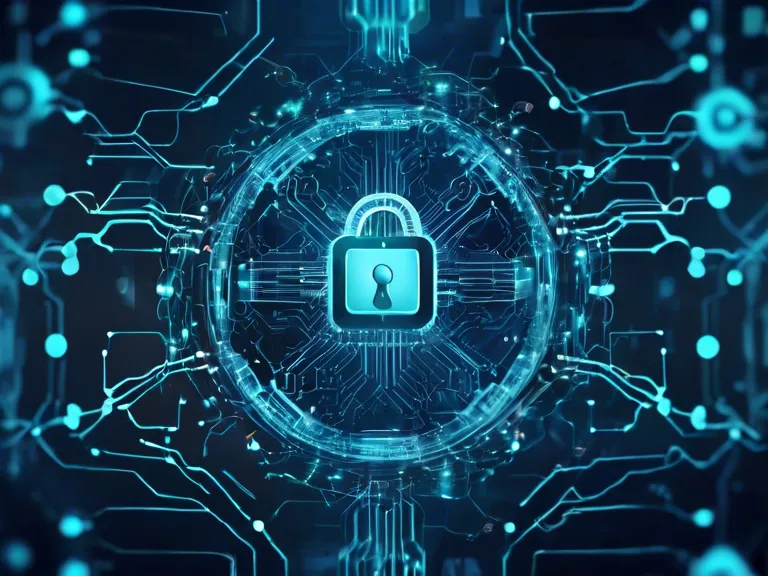
Explore the emerging trends and technologies in cyber defense that are reshaping the way organizations protect against cyber threats. From proactive approaches to automation and machine learning, learn how to stay ahead of cybercriminals.
In recent years, the landscape of cyber threats has become increasingly complex and sophisticated, requiring organizations to rethink their approach to cyber defense. Traditional security measures are no longer sufficient to protect against the evolving tactics of cybercriminals. As a result, emerging trends and technologies in threat mitigation have become critical for ensuring the security of data and systems. In this article, we will explore some of these trends and technologies that are shaping the future of cyber defense.
One of the key emerging trends in cyber defense is the shift towards a more proactive approach. Rather than simply reacting to incidents as they occur, organizations are now focusing on predictive analytics and threat intelligence to anticipate and prevent threats before they manifest. This proactive approach allows for faster response times and more effective mitigation strategies.
Another important trend in cyber defense is the increasing emphasis on automation and machine learning. With the sheer volume of data and alerts that organizations must contend with, manual analysis is no longer feasible. By leveraging artificial intelligence and machine learning algorithms, organizations can automate routine tasks, identify patterns in data, and detect anomalies that may indicate a potential threat.
In addition to these trends, there are also a number of emerging technologies that are enhancing cyber defense capabilities. For example, the use of blockchain technology is revolutionizing data security by creating a decentralized and tamper-proof ledger. By storing sensitive information on a blockchain, organizations can ensure the integrity and confidentiality of their data.
Furthermore, the adoption of zero trust architecture is gaining traction as a more secure alternative to traditional perimeter-based security models. Zero trust networks assume that every user and device within the network is a potential threat and therefore restrict access based on strict authentication and authorization protocols.
Overall, the field of cyber defense is evolving rapidly in response to the growing threat landscape. By embracing these emerging trends and technologies, organizations can better protect themselves against cyber threats and safeguard their critical assets.
